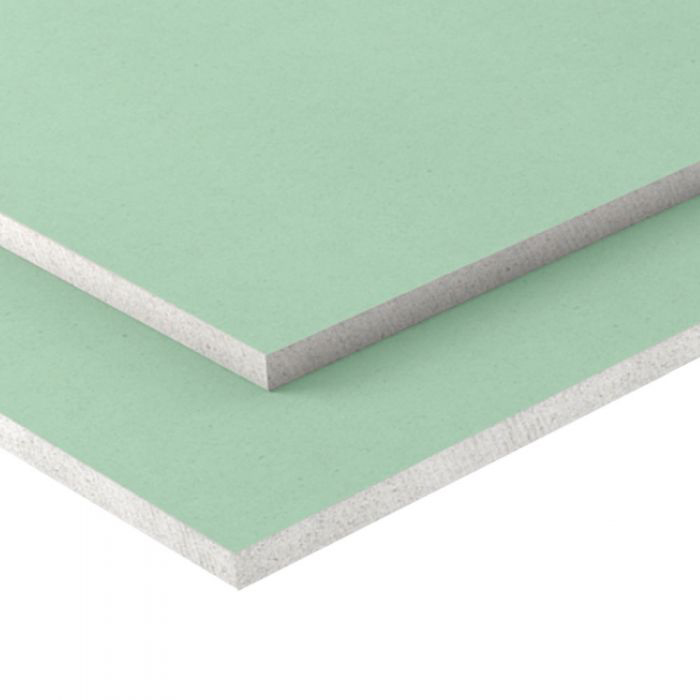SOUND PROOFING SOLUTIONS FOR THE CONSTRUCTION INDUSTRY: HOW TO KEEP NOISE LEVELS LOW

Explore cutting-edge sound proofing solutions for the construction industry and discover how to maintain tranquil environments with minimal noise.
Noise pollution is a serious issue in today's society, and it's something that the construction industry must take into account when building new structures. Whether it's the sound of construction equipment or the noise generated by the finished building, soundproofing solutions are essential to keep noise levels low and provide a comfortable environment for inhabitants.
In this article, we will explore some of the innovative soundproofing solutions that are available to the construction industry and how they can help to keep noise levels low.
What type of insulation can I use to help reduce sound?
One of the most effective ways to reduce noise transfer in a building is to use acoustic insulation. Acoustic insulation is specifically designed to block and absorb sound, and it can be used in walls, floors, and ceilings to reduce noise transfer. Some of the most popular types of acoustic insulation include fibreglass, rock wool, and cellulose. These materials are not only effective but also have a good insulation R-value. Our Earthwool Acoustic Roll is designed to be used in walls, floors and partitions, complementing plasterboard linings by reducing airborne sound and reducing reverberation in the cavity.
Another effective soundproofing solution is to use acoustic panels. Acoustic panels are specially designed panels that can be installed on walls or ceilings to absorb sound. They come in a variety of designs, materials and shapes and can be used in a variety of settings, from office spaces to home theatres, to reduce echo and sound reflections.
What other products are useful in helping to prevent sound transfer?
Our sound-resistant plasterboard sheets are denser than ordinary plasterboard, absorbing the sound and making it harder to pass through. Designed for walls, partitions and ceilings, they are often used with Rockwool or Earthwool insulation and fixed with Resilient Bars to further reduce noise transfer.
A third soundproofing solution is the use of sound-absorbing paint. These paints are specially formulated to absorb sound waves, and can be applied to walls and ceilings. They are a cost-effective and easy solution to reduce noise transfer, especially when applied as an undercoat in ceilings and walls, allowing an improved acoustics without changing the aesthetics.
Can I go one step further in reducing acoustic transfer?
Yes. Other technologies that can be used to reduce noise transfer is the use of soundproof windows and doors. These are specially designed to block or reduce the amount of sound that enters or leaves a building. Soundproof windows and doors use materials such as laminated or double-paned glass, and specialised seals and gaskets to block noise.
Finally, effective soundproofing solutions also require an effective design. For example, placing sound-sensitive spaces such as bedrooms, living rooms or offices away from noisy areas such as streets, industrial areas or common spaces, will greatly reduce noise transfer. Additionally, proper sound-proofing should take into account the different types of noise and their frequencies. This will allow to design a specific solution for each case, whether it's a street noise, industrial noise, or even a neighbour's noise.
In conclusion, noise pollution is a serious issue that the construction industry must take into account when building new structures. By using innovative soundproofing solutions such as acoustic insulation, acoustic panels, sound-absorbing paint and soundproof windows and doors, construction professionals can help to keep noise levels low and provide a comfortable environment for inhabitants. Additionally, considering design strategies and the specific type of noise that's being dealt with, can greatly reduce the noise transfer.
Need more advice to help optimise your building from noise pollution?
If you're looking for professional advice on how to ensure the optimum level of noise reduction in your building, we can help. Our team of experts at Buildershop has the knowledge and experience to provide you with the information you need to make the right decisions. From conducting a sound assessment to recommending the best soundproofing solutions, we'll work with you to create a comfortable and quiet environment for your building's inhabitants.
Don't wait any longer to start reducing noise levels in your building. Contact us today to learn more about how we can help you achieve the optimum level of noise reduction. Together, we can create a more comfortable and peaceful environment for everyone.










